
The fashion industry: between artisanal tradition and globalization
The fashion industry is based on a complex set of processes, from garment design to distribution, including production, marketing, and trend management.
Fashion design focuses on the conception of collections, while pattern making translates these ideas into functional prototypes, combining artistic vision with the technical constraints of textiles.
A brand’s market positioning is based on competitive analysis and a clear definition of the target audience, influencing both the product and communication.
From traditional craftsmanship to textile innovations, the manufacture of fashion items requires mastery of materials and assembly processes, ensuring the quality of the final product.
Knowledge, creation and innovation
Acquire the keys to success in the fashion industry
To excel in the fashion industry, it is essential to combine solid theoretical learning with practical immersion. Courses in styling, design, textiles, and fashion history provide the foundation necessary for understanding trends and techniques, while workshops, real-life projects, and internships help transform this knowledge into operational skills.
This approach not only fosters the development of creativity and aesthetic sense, but also mastery of digital tools, fashion marketing, and project management. By multiplying practical experiences, students gain a comprehensive view of the industry, learn to collaborate with diverse stakeholders, and prepare to meet professional challenges with confidence and professionalism.
The clothing influences that shape the fashion scene

Streetwear
Urban, comfortable clothing inspired by skate and hip-hop culture.
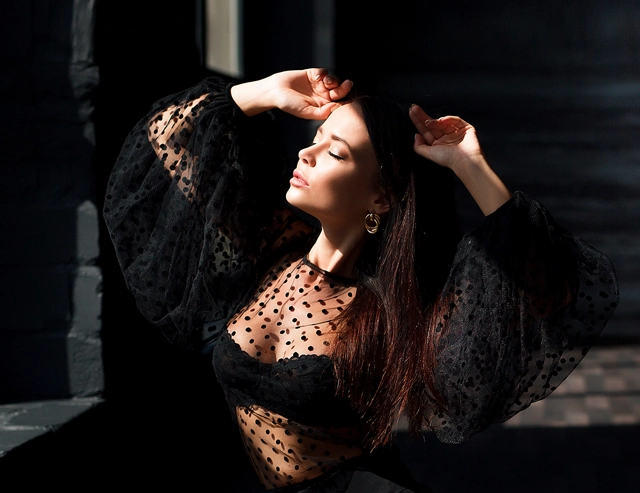
Minimalism
Clean lines, neutral colors, and timeless pieces.
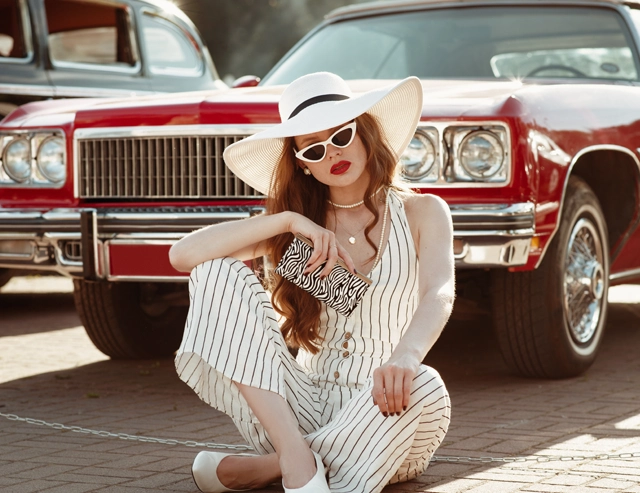
Vintage / Retro
Outfits inspired by decades past, such as the 70s or 90s.
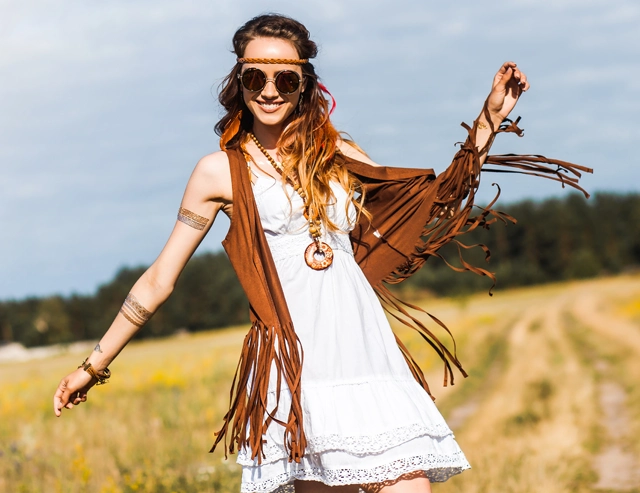
Boho / Bohemian
Flowing looks, ethnic prints, and natural accessories.
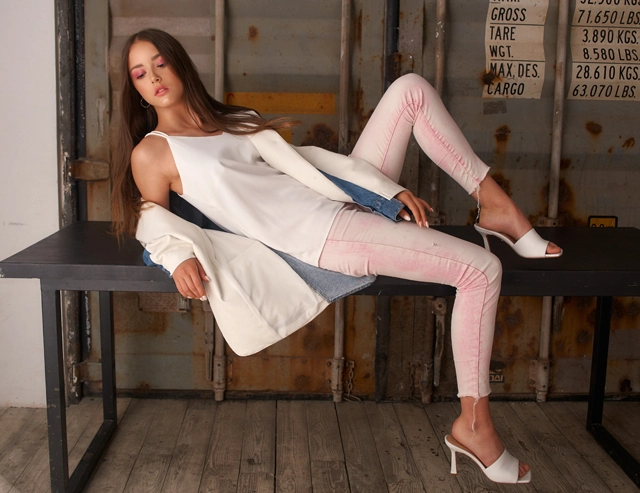
Athleisure
A mix of activewear and elegant casual outfits.
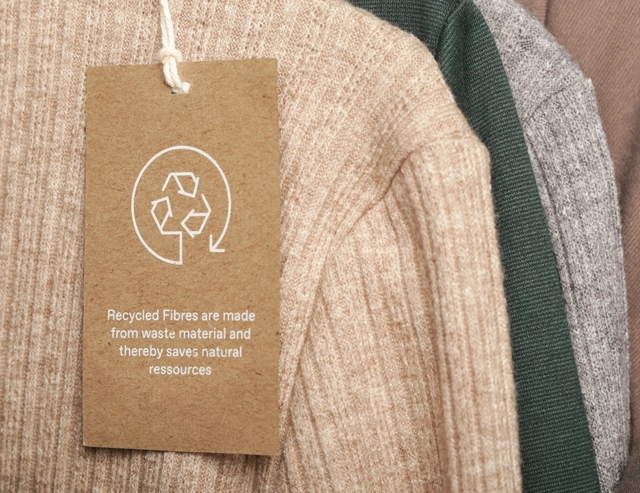
Eco-Friendly / Sustainable
Clothing made from recycled or sustainable materials, promoting conscious consumption.
Developing a brand identity in the creative industries
Building a strong brand image, or branding, is a fundamental pillar for standing out in a competitive sector. This process goes beyond a simple logo and encompasses all the values, history, and aesthetics a brand wishes to convey. A clear and consistent identity helps create an emotional connection with consumers, build customer loyalty, and justify a specific price positioning, whether for ready-to-wear or haute couture.
Endless career horizons
The diversity of career opportunities in the sector
Sector expertise
The scope of skincare and beauty
The beauty sector covers a wide range of products and services aimed at maintaining and enhancing appearance. It is divided into several major segments such as skincare, makeup, fragrances, and hair care. Each sector relies on constant research and development to offer formulations that incorporate new active ingredients or address specific concerns such as skin sensitivity or hydration.


